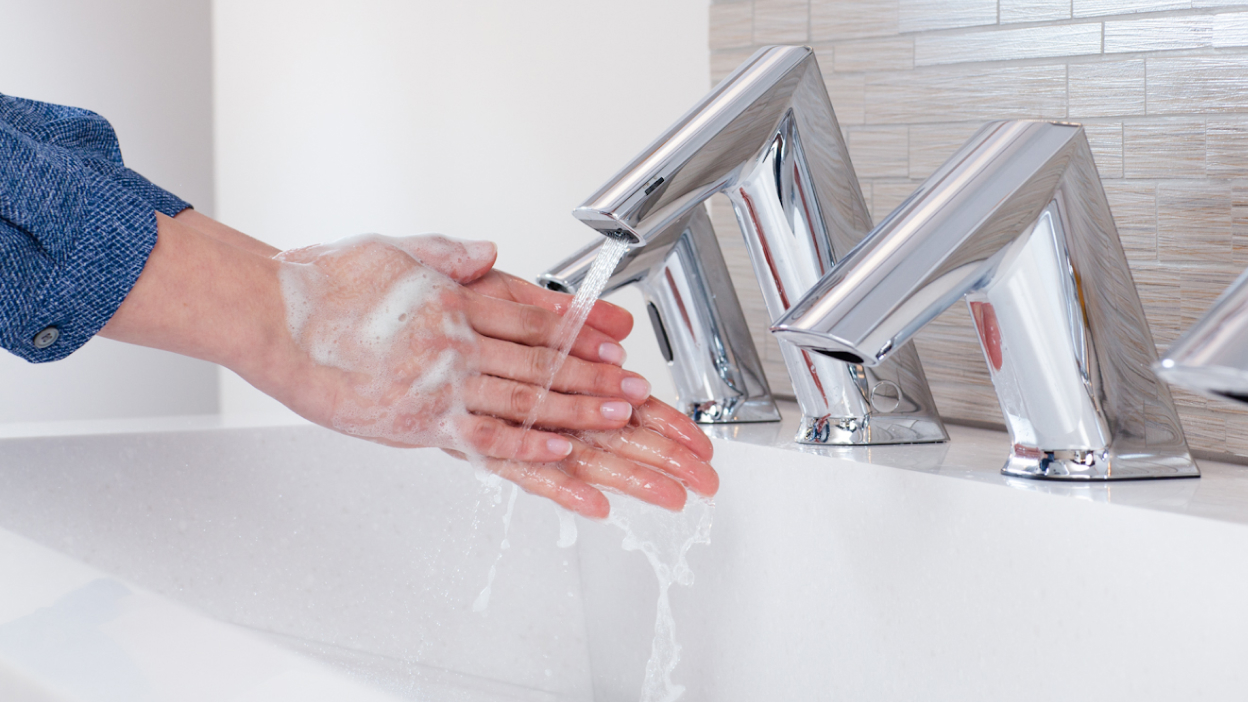History of Hygiene
Getting Clean, Now and Then: A Brief History of Hygiene
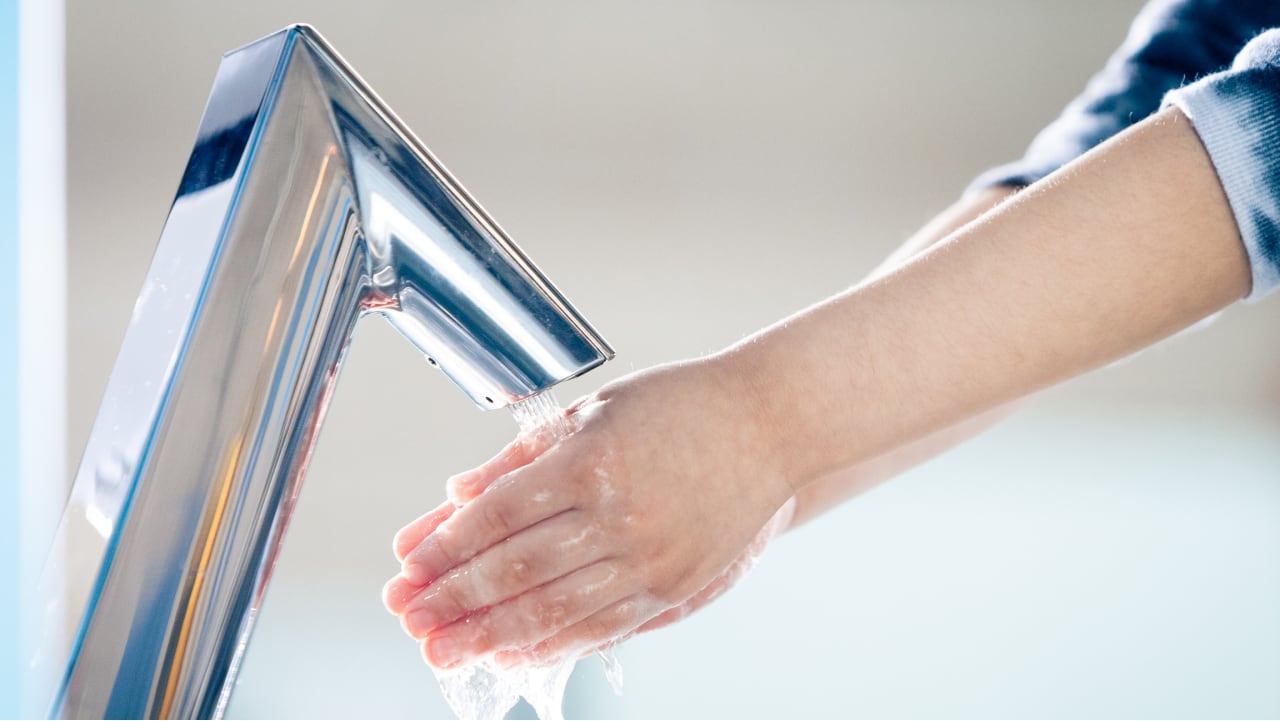
What is hand hygiene anyway?
We’ve all been taught how important it is to wash your hands. Virtually anywhere you go, you’ll find the right tools to get the job done. Washing hands helps keep us and the people around us healthy by clearing away germs and bacteria that accumulate on our hands, preventing them from spreading into our bodies or onto surfaces.
Though the benefits of washing our hands seem matter-of-fact to us today, our collective knowledge of hand hygiene—and hygiene in general—is only about 200 years old.
Here are some of the developments that led us to our current understanding of hand hygiene.
Roman water, wine, and plumbing
Our society owes a lot to ancient Rome. As a dominant world power for over 700 years, Rome brought people together like never before. As the Roman state flourished and grew, people began to live in higher concentrations. And the spread of disease became an increasingly serious challenge. Back then, people had little understanding of what caused illness. Even though the Romans didn’t know about viruses and bacteria, they found effective ways to combat them.
A major development for those who lived in large cities was plumbing. The Romans utilized soft lead to create the first plumbing systems. These systems offered a more sanitary method for disposing of human waste—taking it away from highly-trafficked areas with little human assistance.
The Romans also made—and drank—a lot of wine. But the wine of the ancient world wasn’t quite the same as the vintages of today. All but the wealthiest Romans tended to dilute their wine with water or seawater to prevent overconsumption, mask unwanted flavors, and keep healthy. While they didn’t completely understand that wine’s alcohol content could help kill germs that found their way into the water supply, they recognized that it could prevent illness. Given that wine was even used by physicians to wash and dress wounds, some might even consider it to be an early sanitizer.

Vikings and their baths
Scandinavian Vikings are often thought of as rough and tumble brutes who held little regard for personal hygiene. In reality, the Vikings were, perhaps, some of the most hygienic people of their age. Viking travelers raided and settled around the British Isles for about 200 years, beginning around 800 A.D., bringing with them novel ideas such as thorough weekly bathing, daily hair combing, and regularly changing their clothing.
The English, on the other hand, did not value regular hygiene like the Vikings. This made the Vikings popular among English women and unpopular among English men. Over time, their comparatively hygienic practices eventually became standard procedure for the English as well.
A rough start for handwashing
In the 1840s, a Hungarian doctor named Ignaz Semmelweis was working at a maternity ward in Vienna, Austria. At this time, an illness called “childbed fever” took the lives of many new mothers. Semmelweis noticed that mothers attended to by midwives—who only worked with pregnant women—were much less likely to succumb to illness than patients who were attended to by doctors—who worked with many patients.
However, the idea that handwashing could prevent the spread of disease was becoming more popular. Other medical practitioners noted that when doctors washed their hands, their patients tended to have better outcomes. As record-keeping and statistics became more standardized in the medical field, the evidence for handwashing became even harder to refute.
Connecting the dots
Around 200 years before Semmelweis’ observations in the maternity ward, a Dutch scientist named Anton van Leeuwenhoek was creating some of the most powerful microscopes of the time. He used his creations to carefully examine different substances. Leeuwenhoek was perhaps the first to observe microbes and called the microscopic lifeforms “animalcules" or “little animals.”
As scientists learned more about “animalcules,” more and more evidence pointed to their culpability for different illnesses. By the 1860s, French scientist Louis Pasteur’s work with microscopic organisms led him to the realization that these tiny life forms were the cause of certain diseases. He also discovered two ways to neutralize these microbes: boric acid and heat. Today, his method for eliminating harmful organisms from liquid using heat—pasteurization—is still used to keep products like milk, eggs, and fruit juices free from bacteria.
Around the same time as Pasteur, Robert Koch was also coming to important conclusions about germs. He developed a method of isolating and culturing different bacteria and, in doing so, discovered that diseases such as anthrax, tuberculosis, and cholera were the work of these microbes. His method offered definitive proof that these diseases were neither spontaneous nor inherited but the work of creatures too small to see with the naked eye.
Another contemporary of Koch was Joseph Lister, an English surgeon who took Louis Pasteur’s ideas about neutralizing bacteria to the operating table. Lister used a solution of carbolic acid to sterilize his surgical tools, greatly reducing the likelihood that his patients would succumb to disease.
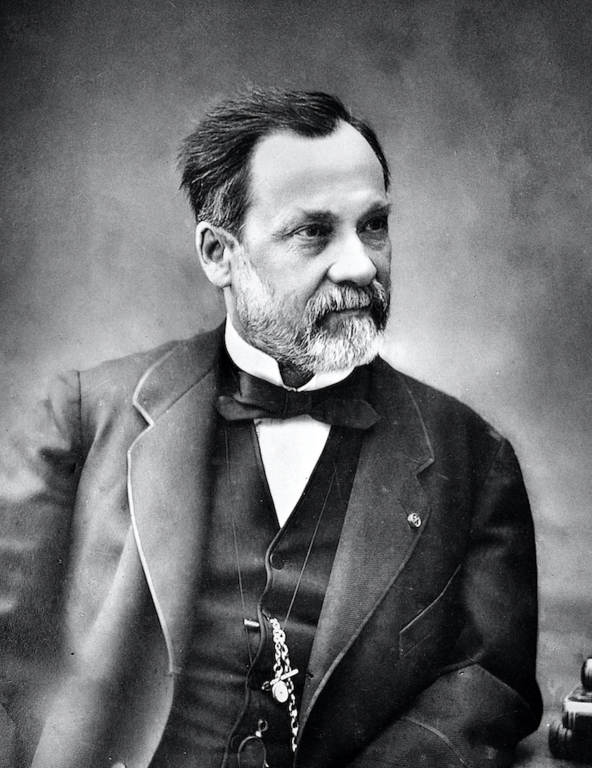
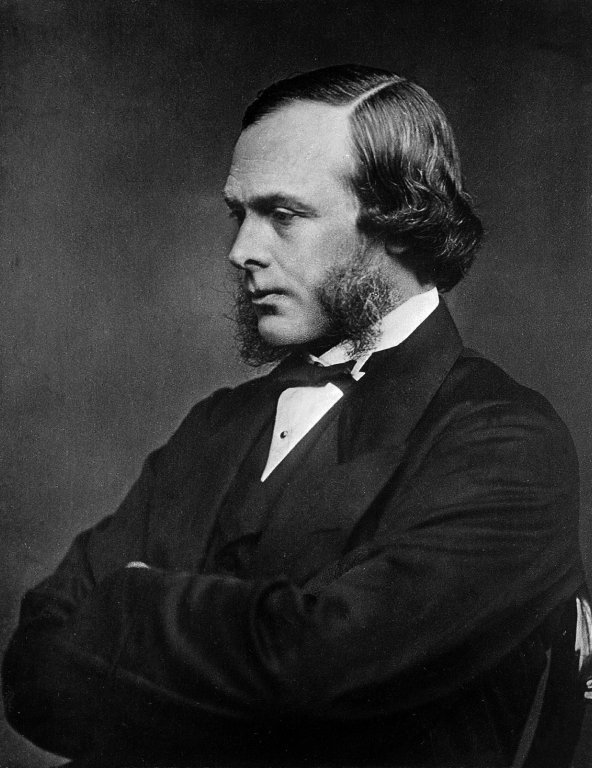
Soap, past and present
Lister’s carbolic acid did a great job at killing bacteria, but eventually, it was found to be damaging to patients as well. New methods of sterilization were developed, and, major manufactures began to produce and promote new ways to get clean. Soap and water became the champions of handwashing we know today.
Soap remains one of the best methods we have to cleanse the hands. It’s also one of the oldest. In fact, soap likely outdates all of the advances in hygiene previously mentioned. People have been using concoctions of fats and lye derived from wood ash for thousands of years. Ancient Babalyonian tablets, over 4,500 years old, tell us that soap was already commonly used to clean wool before it was refined into textiles.
Though soap had been part of the human experience for many generations, it wasn’t until the early 1900s that businesses began marketing it as a personal hygiene product. Major players in the industry like Procter & Gamble brought soap into the industrial age, creating an affordable way for more and more people to get clean.
As science continued to refine its understanding of the spread of disease, handwashing with soap became an indispensable tool in the fight against illness.
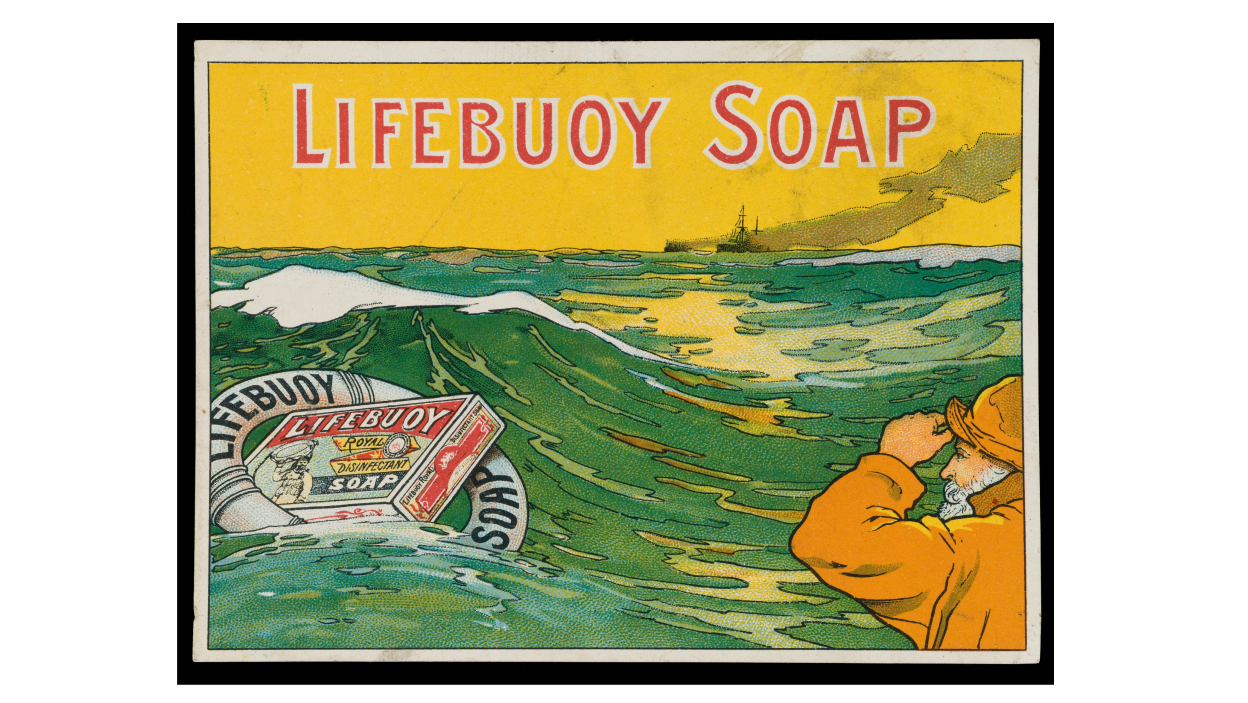
Beyond soap and water
After all this time, soap is more important than ever to our society as a first-line defense against contracting and spreading disease. But, there are always improvements being made in the field of hand hygiene. Alcohol-based sanitizers now give us a convenient way to cleanse our hands when clean running water is unavailable. And UV lights may now be used to help sterilize surfaces, items, and even our hands.
One popular advance in handwashing is touch-free technology, which reduces contact points where microbes may have the chance to travel to or from your hands. Here at Sloan, we’ve helped lead the touch-free revolution for nearly 50 years with restroom fixtures activated by sensors. Our touch-free devices are beneficial to medical personnel who need to limit contact as much as possible when interacting with patients. Today, our touch-free faucets, soap dispensers, hand dryers, and flushometers bring highly-effective and efficient handwashing into our everyday life.
Hand hygiene has had a long and complex history that has helped define our world. Though many of the principles we rely on to clean our hands were developed long ago, it’s only within the last 200 years that we’ve truly come to refine them. As we continue to learn more about microorganisms like viruses and bacteria and their relation to our health, new hygiene methods will surely arise. For now, however, nothing beats the power of a little soap and water.
